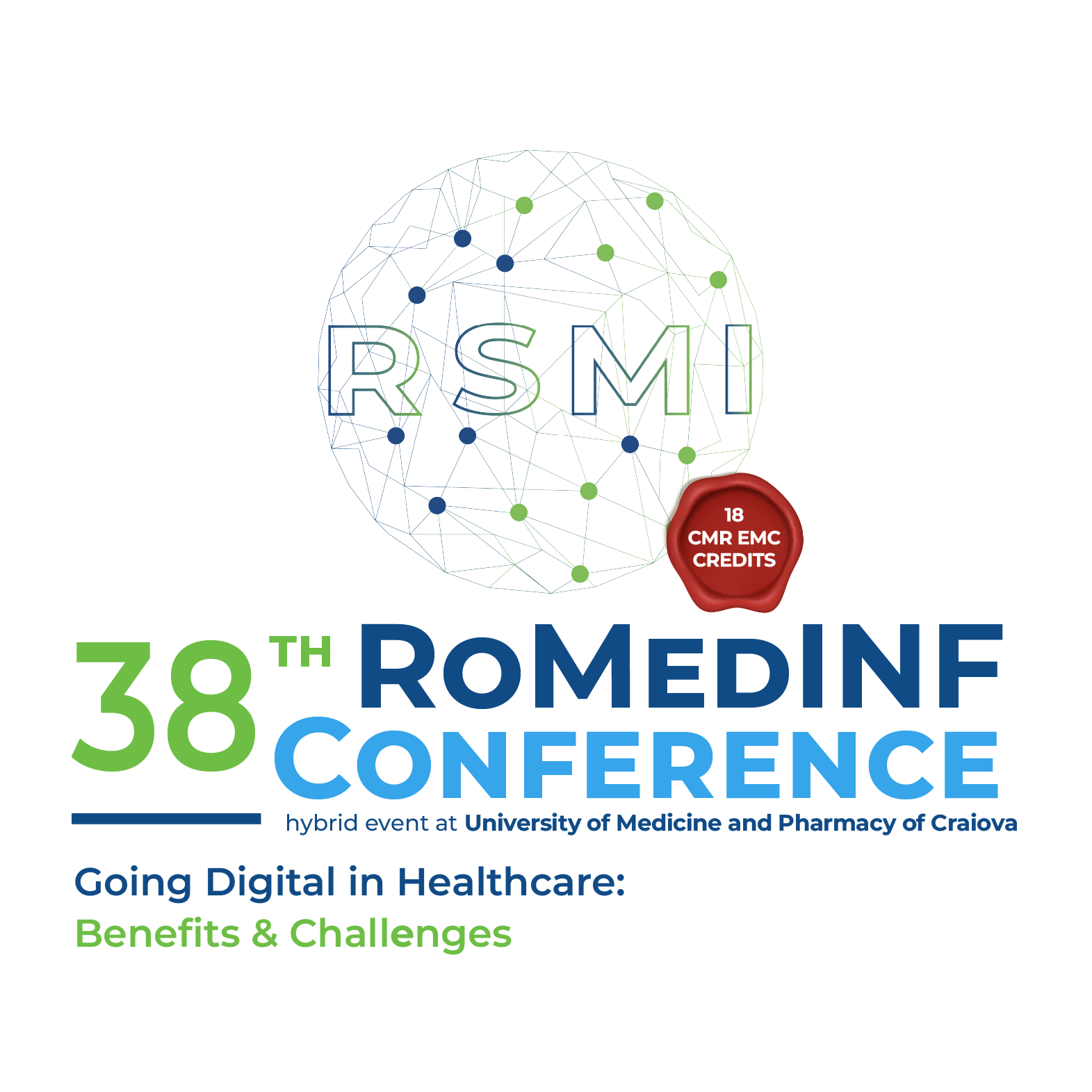Artificial-Intelligence-Based Automatic Analysis of Urothelial Carcinomas – Our Experience
Keywords:
Artificial Intelligence, Urothelial Carcinoma, Tumor Grade, InvasionAbstract
Diagnosing urothelial carcinoma (UC) is usually a quite simple task but requires thoroughly examination of several slides; cases with more than 10 slides are not uncommon. Thus, an automated method for histopathological analysis is more than welcome. We selected from our archives 105 patients (100 UC and 5 cystitis); we examined the slides and selected and scanned one slide/case, obtaining whole slide images (WSIs). We performed a pixel-per-pixel semantic segmentation of 21 selected areas/WSI for several classes (high-/low-grade tumor, invasion, emboli, stroma, vessels, smooth muscle, etc.). We trained an InternImage model on this data set; we used dice coefficient (DCC) and intersection-over-union (IoU) as metrics for our model performance. UC patients were predominantly males (72%), average age 66.04years, 46% low-grade UC/ 54% high-grade UC, 42% noninvasive/ 58% invasive (28%pT1 and 30%pT2 or above). There were, on average, 3.93 paraffin blocks/case (1-17 paraffin blocks/case). The data set obtained after annotation was arbitrarily separated in training (57.18%), validation (21.37%) and test sets (21.44%). The results on test set are: high-grade tumor (0.66 DCC/0.49 IoU), low-grade tumors (0.82 DCC/0.70 IoU), stroma (0.84 DCC/0.73 IoU), vessels (0.75 DCC/0.60 IoU) and LVI (0.77 DCC/0.62 IoU). We evaluated each patch of the test set; apparently low DCC and IoU scores are consequences of human inability in precise drawing of the classes and/or impossibility of annotation of very small vessels. Our model identifies high-/low-grade tumor, invasion, emboli, and smooth muscle and highlights them on a heat map. The pathologist analyses highlighted areas, thus shortening the time required by microscopic analysis. The results of our model are encouraging; its use improves the diagnostic accuracy, reduces the time taken for analysis, and potentially leads to better patient outcomes.
Downloads
Published
How to Cite
Issue
Section
License
Copyright (c) 2025 Sabina ZURAC, Bogdan CEACHI, Luciana NICHITA, Mirela CIOPLEA, Cristian MOGODICI, Cristiana POPP, Liana STICLARU, Mihai BUSCA, Alexandra CIOROIANU, Alexandra VILAIA, Julian GERALD DCRUZ, Petronel MUSTATEA, Carmen DUMITRU, Victor CAUNI, Oana STEFAN, Irina TUDOR, Alexandra BASTIAN

All papers published in Applied Medical Informatics are licensed under a Creative Commons Attribution (CC BY 4.0) International License.

